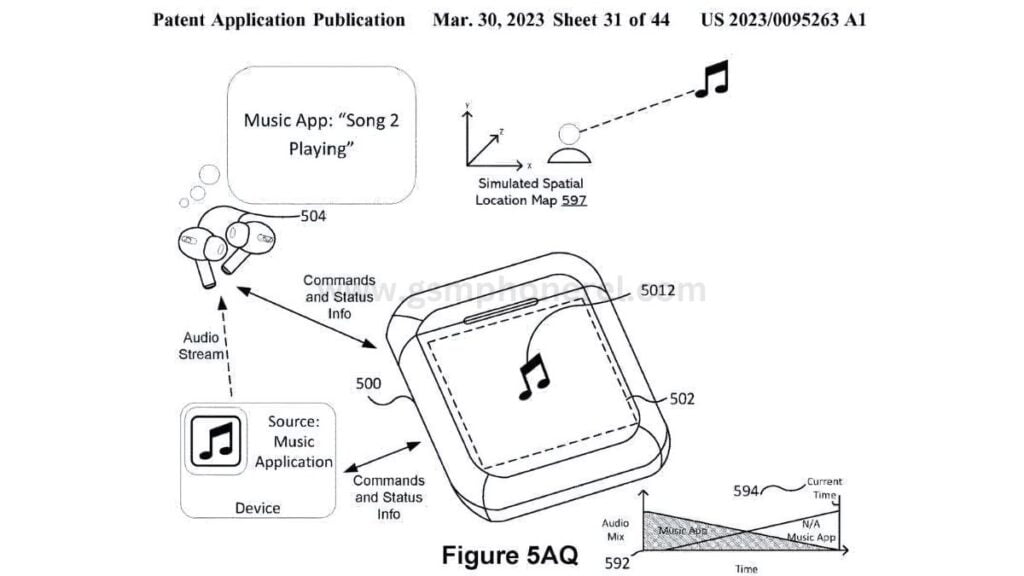TF International analyst Ming-Chi Kuo has a remarkable history of accuracy with Apple products, particularly the iPhone. His latest supply chain survey suggests that Apple will begin mass-producing AirPods with camera modules in 2026, utilizing an IR receiver similar to the iPhone’s Face ID receiver.
Kuo wrote on his blog that Foxconn will supply the IR camera for the production of 18 to 20 million units per year, enough to supply 10 million pairs of AirPods. He also mentioned that the new AirPods will improve spatial audio and support the growth of the spatial computing ecosystem on devices like the Vision Pro and potential future Apple headsets.
The analyst elaborates on how this could function. For instance, if a user is using Vision Pro and the new AirPods while watching a video, turning their head in a certain direction will amplify the sound coming from that direction to improve the spatial audio experience. The IR camera can detect changes in the environment, allowing for air gestures to enhance interaction with the device. Kuo mentions that Apple has applied for patents in this area.

Kuo asserts that Apple has consistently prioritized enhancing the competitiveness of its ecosystem through strategic planning for hardware, software, and services, including in the realm of spatial computing. With Apple’s strong position in this field, it is anticipated that the company will drive significant growth as the commercialization of spatial computing progresses.
In February of last year, Mark Gurman from Bloomberg was the first to reveal that Apple was in the process of developing AirPods with a camera, dispelling rumors about a smart ring. Gurman’s report, which was released several months ago, mentioned that the camera-equipped AirPods were internally referred to as B798. He also mentioned that the camera on the AirPods would offer similar functionalities to smart glasses without the need for frames or lenses. The camera on the AirPods would be used to capture data that would be processed using artificial intelligence.
